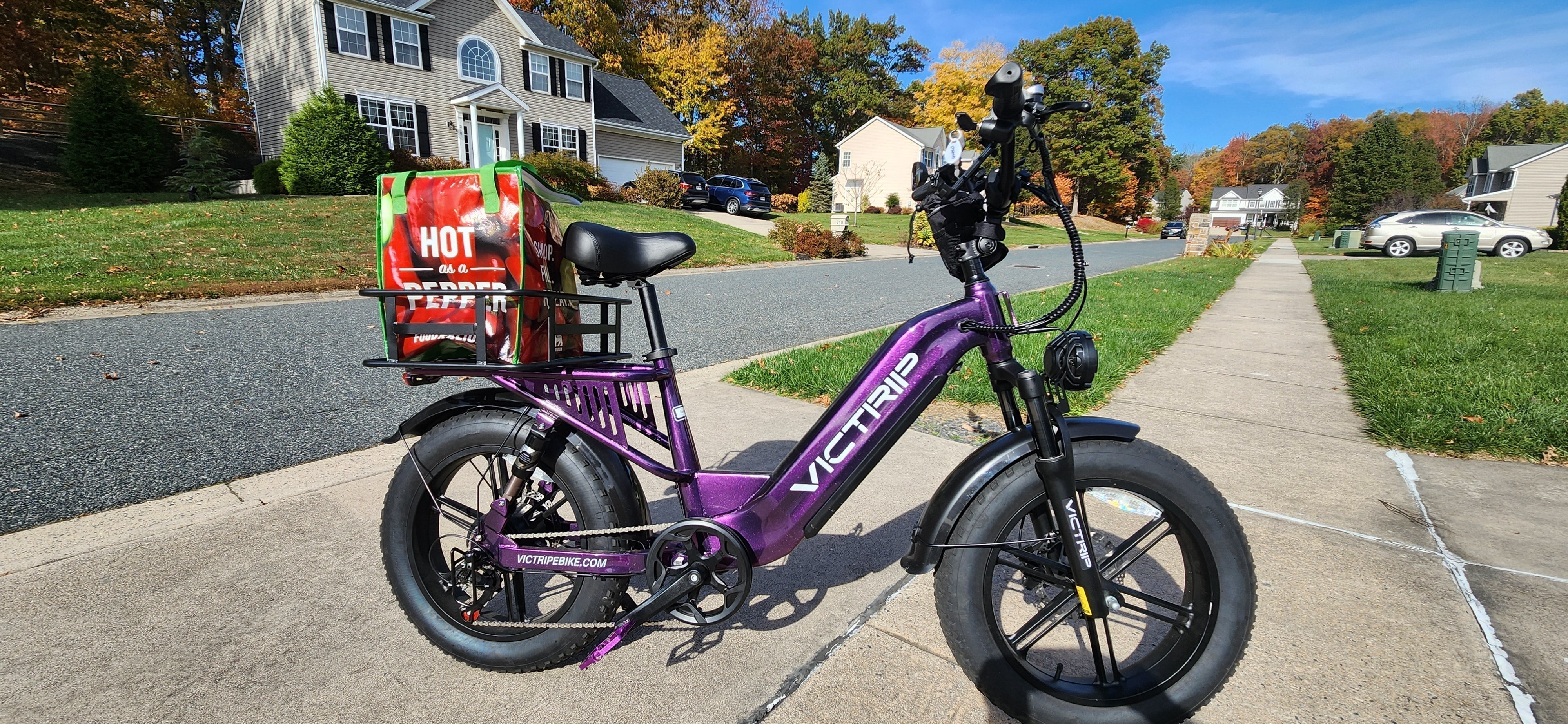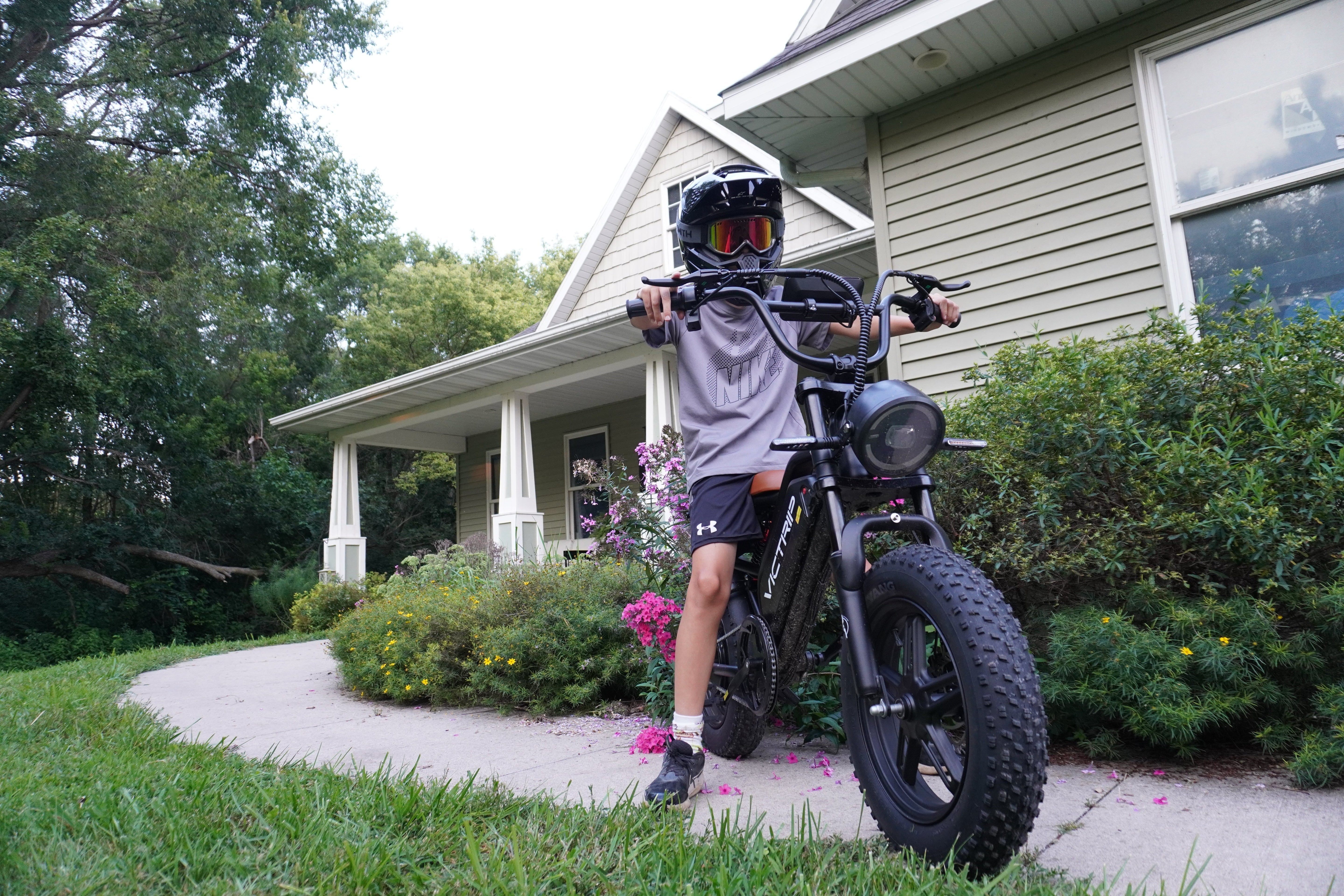
Electric tricycles are a stable, convenient, and increasingly popular way to get around. Whether you're commuting, running errands, or taking a leisurely ride, you want to arrive safe and sound. This article, Electric tricycle safety tips every rider should follow, lays out clear, practical advice you can use right away. It blends straightforward guidance with proven best practices so you’ll feel confident whether you’re a new rider or have logged many miles. Read on — this stuff can make the difference between an enjoyable ride and a trip to the repair shop or ER.
Understanding electric tricycles: design, risks, and why safety is unique
Before we dive into the rules, it helps to understand what makes electric tricycles different. E-trikes typically have three wheels, a motor, and a heavier frame than a bicycle. That extra weight and different center of gravity change how they handle — especially during turns, on slopes, and on wet surfaces. Because they’re motorized, they can reach higher speeds than a push trike, and that increases stopping distance and risk. With that in mind, these electric tricycle safety tips every rider should follow emphasize visibility, control, and predictable behavior on the road.
Always wear a helmet and appropriate protective gear
Wearing a good helmet is the single most effective way to reduce head injuries. Choose a helmet that fits snugly, meets safety standards, and is designed for bicycle or e-trike use. Also consider gloves, elbow pads, and sturdy footwear. Don’t ride in flip-flops or loose sandals. A reflective vest or jacket adds visibility at dawn, dusk, and night.
Why it matters: even at modest speeds, falls can cause serious harm. A helmet and protective gear give you a margin of safety that’s quick and cheap compared to medical bills.
Do a thorough pre-ride safety check every time
Before you ride, check the basics: tires (pressure and tread), brakes, lights, battery charge, and the security of cargo. A brief checklist only takes a minute and prevents many common problems. Whether you ride a compact commuter model or a more advanced option like the VICTRIP T1 electric trike, the habit of checking your vehicle before every trip ensures maximum safety and performance.
Quick checklist:
-
Tire pressure and tread
-
Brake responsiveness (front and rear)
-
Battery level and secure mounting
-
Lights (head and tail) and reflectors
-
Steering and handlebar tightness
-
Load stability (if you’re carrying cargo)
Know and obey local traffic laws and regulations
Traffic rules protect everyone. Learn whether your area treats e-trikes like bicycles, mopeds, or a separate class — the rules vary. Obey speed limits, signaling laws, and where applicable, lane usage rules. When in doubt, follow bicycle rules and be predictable.
Use lights, signals, and reflectors — visibility is non-negotiable
Visibility massively reduces collisions. Use a bright front light, a strong rear light, and side reflectors. Install a turn signal if your e-trike supports one. Wear bright or reflective clothing. Think of lights and reflectors as insurance: they don’t cost much but they pay off.
Ride at a safe, controlled speed — match conditions, not ego
One big temptation is to push speed because your e-trike can handle it. Don’t. Match speed to conditions: traffic density, road surface, weather, and your confidence level. Slower speed improves stopping distance and reaction time.
Practical tip: use eco or low-power modes in crowded areas.
Master cornering and turning technique
Three-wheeled stability changes how you lean and turn. Avoid sharp, high-speed turns. Slow down before corners, look where you want to go, and take smooth, gradual arcs. If your trike leans or feels unstable, slow more and widen the turn.
Keep a safe distance from other vehicles and riders
Maintain at least a bicycle-length or more depending on speed and conditions. This gives you reaction time if a car brakes suddenly or a pedestrian steps out. When following buses or delivery trucks, give even more space — their drivers have blind spots.
Stay visible and predictable — signal early and clearly
Use hand signals and your lights to tell others what you’ll do. Ride in a steady, predictable line — weaving makes drivers nervous and can lead to accidents. If you must maneuver around obstacles, signal and take the lane if needed.
Avoid distractions — stay focused on the ride
Don’t use phones, headphones, or anything that splits your attention. If you need to navigate or answer a call, stop and handle it off the vehicle. Distractions cause most minor collisions and many major ones too.
Practice emergency braking and avoidance maneuvers
Unlike neutral surfaces, emergency stops on a loaded, powered trike need practice. Find a safe, traffic-free area and practice emergency braking, slow turns, and swerving around obstacles. Learn how your trike’s brakes behave under full load and at different speeds.
Take extra care in wet, icy, or slippery conditions
Wet roads reduce traction and extend braking distance. Slow down early, avoid sudden turning, and watch for painted lines, metal grates, and oil slicks. If conditions are hazardous, it’s often smarter to skip the trip.
Load and balance cargo correctly — don’t overload
Cargo affects balance and braking. Secure loads low and centered. Follow the manufacturer’s weight limits. Avoid tall, loose items that can catch wind or shift during a turn.
Practical table — cargo tips:
| Tip | Why it helps |
|---|---|
| Keep weight low | Lowers center of gravity, improves stability |
| Center heavy items | Prevents uneven handling |
| Use straps and nets | Stops shifting during stops or turns |
| Observe load limits | Prevents brake and motor strain |
Understand battery charging and storage safety
Batteries are the heart of an e-trike. Charge only with the manufacturer-provided charger, avoid overcharging, and store batteries in cool, dry places. Don’t charge overnight unattended if you can avoid it; check charge cycles and replace batteries that show swelling, odor, or diminished capacity.

Protect your trike from theft and vandalism
E-trikes are attractive targets. Use a heavy-duty lock, park in well-lit areas, and register your vehicle if your jurisdiction supports it. Consider an alarm, GPS tracker, or discreet storage indoors.
Take a rider training course and refresh regularly
Formal training builds confidence and teaches techniques you might not figure out alone. Look for local bicycle or e-trike-specific courses. Even a single session can sharpen cornering, braking, and traffic-handling skills.
Practical maintenance schedule
Keeping your ride in top shape is part of staying safe. Here’s a short maintenance schedule:
-
Before every ride: Quick safety check (tires, brakes, lights, battery).
-
Weekly: Clean drivetrain, check tire pressure and bolts.
-
Monthly: Inspect brakes, cables, and bearing play.
-
Every 6 months: Professional tune-up — battery health check, motor inspection.
Relevant resources and further reading
For more detail about road rules and safety practices, consult authoritative local sources or general road-safety organizations. One useful resource is the U.S. National Highway Traffic Safety Administration (NHTSA) which offers guidance on non-automotive road users and safe road behavior. (For local regulations, check your city or state transportation site.)
Conclusion — ride smart, ride safe
These electric tricycle safety tips every rider should follow are practical, easy to apply, and designed to keep you on the road longer and healthier. To recap: wear protective gear, perform pre-ride checks, be visible, ride at sensible speeds, secure your load, and keep the battery healthy. Add in training and regular maintenance, and you’ll dramatically lower your risk. Enjoy the freedom e-trikes give you — but respect the machine and the road. Safe riding!
FAQs
Do I need a special license to ride an electric tricycle?
It depends on local law. Many places treat e-trikes like bicycles and don’t require a license, but some regions classify motorized trikes differently. Check local DMV or transportation authority rules.
Are helmets required by law for e-trike riders?
Helmet laws vary. Even where helmets aren’t legally required, wearing one is strongly recommended for safety.
How often should I charge my trike’s battery?
Charge after each long ride, and avoid letting the battery sit fully discharged for long periods. Follow the manufacturer’s charging cycle guidance.
What should I do if my trike starts to wobble or feel unstable?
Slow down, pull over when safe, and inspect tires, load balance, and steering components. If it continues, get a professional inspection.
Can I ride an electric trike in the rain?
You can, but with caution. Reduce speed, avoid sudden maneuvers, and watch for slippery surfaces. If heavy rain or flooding is present, skip the ride.




Share:
How to Choose the Best Electric Bike for Seniors?
Burning Man: Ride Bicycles Vs. E-Bikes?